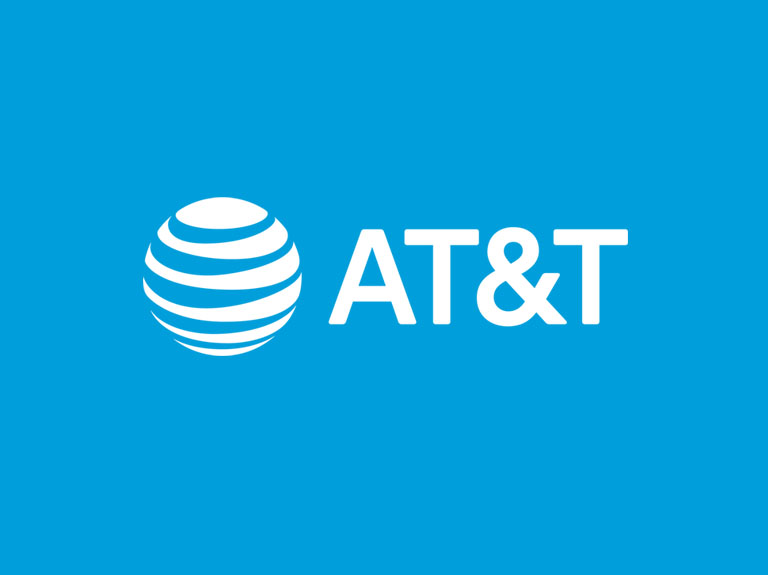Randall Stephenson Provides AT&T Update at Goldman Sachs Communacopia Conference
Randall Stephenson, AT&T Inc. chairman and chief executive officer, spoke today at the 27th annual Goldman Sachs Communacopia Conference. Stephenson provided updates on the company’s third-quarter performance and plans for deleveraging following the June 2018 acquisition of Time Warner.
Capital Allocation and Deleveraging
Stephenson said the company continues to expect its net-debt-to-adjusted EBITDA ratio to be in the 2.5x range by the end of 2019. Stephenson said AT&T will use cash after dividend payments to pay down debt. For full-year 2018, AT&T expects to deliver more than $21 billion in free cash flow and begin 2019 with a baseline of $25 billion in FCF. Stephenson said there is upside potential for 2019 free cash flow as it completes its Mexico wireless build and DIRECTV fiber build merger commitment and with expected growth from WarnerMedia. The company continues to expect to return to historical debt levels by the end of 2022. The company also expects to maintain strong dividend coverage with a dividend-to-free-cash-flow ratio in the low 60 percent range.
Business Update
Stephenson said the company continues to see positive trends in its wireless business. Wireless service revenues were up on a comparable basis in the second quarter of 2018, and Stephenson said in the third quarter to date, wireless service revenues are up more than 2% year over year on a comparable basis. The company also expects positive postpaid phone net adds for the full year.
In AT&T’s Entertainment Group, Stephenson said the company’s newest video offering, WatchTV, is profitable and that the company has seen a better-than-expected customer reaction to a recent price increase in the company’s over-the-top video service DIRECTV NOW. Stephenson also said that broadband trends are positive with increased uptake of fiber-based services driving increases in average revenues per subscriber. Based on these trends, Stephenson said while he expects continued pressure on Entertainment Group EBITDA in the second half of 2018, he expressed confidence that 2019 EBITDA would be flat compared with 2018 levels.
Time Warner Acquisition
AT&T is moving forward with integration of WarnerMedia following its acquisition of Time Warner in June 2018. AT&T expects to realize $1.5 billion in cost synergies and $1 billion in revenue synergies from the Time Warner acquisition within the next 3 years.
Following the acquisition, AT&T is positioned as a modern media company with four key elements: ownership of premium content; nearly 300 million direct-to-consumer (D2C) relationships1; technology to deliver addressable advertising; and high-speed networks. Stephenson said that AT&T’s wireless network was recently recognized as the No. 1 network by research firm Global Wireless Solutions (GWS). GWS reported that AT&T had the best video streaming quality, quickest loading times and best voice retainability.
Wireless and 5G
Stephenson said AT&T is well positioned in the wireless market with strong growth in prepaid and a high-end customer base that understands the company’s value proposition in postpaid. He said that the ability to combine wireless service with additional services like premium video has contributed to postpaid phone additions with growth in revenues per user and margins. He indicated he also sees growth opportunities as the company builds out its FirstNet network and expands its services to the first responder community.
Stephenson noted that the United States is leading the world in the transition to 5G. AT&T continues to expect to be the first U.S. company to launch standards-based mobile 5G service. The company plans to launch in parts of 12 cities by the end of 2018 and expand to 19 cities in early 2019.
The company is also rolling out its 5G Evolution network using advanced 4G LTE technologies to deliver higher speeds — up to 400 Mbps peak theoretical speeds — on its 4G network. The company plans to cover 175 million people in more than 400 markets with its 5G Evolution technology by the first quarter of 2019.
Advertising Opportunity
Stephenson said that the combination of a robust advertising inventory, consumer insights from the company’s D2C relationships and the technology platform of recently acquired AppNexus gives him confidence in AT&T’s ability to grow its advertising business. Over the next 12-18 months the company plans to build a platform that will combine its advertising inventory with anonymized customer data. Stephenson also noted that AT&T will ensure its privacy policies are transparent for its customers.
Net Neutrality and Privacy
Stephenson concluded his remarks with a request that Congress act on two issues important to the United States and to businesses: net neutrality and customer privacy. Stephenson said the need for legislation at the federal level is required to codify how companies should approach both issues to avoid a patchwork of inconsistent state-level legislation and continued uncertainty that has come with administration changes. Without such legislation, Stephenson said investment could become restrained.

